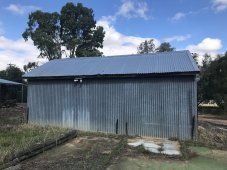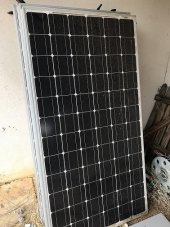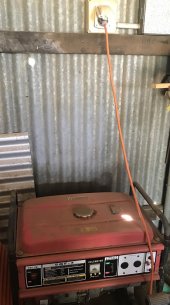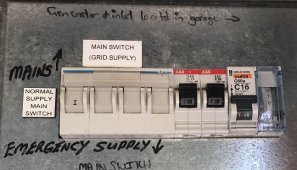mcart117
New Member
- Joined
- Mar 28, 2022
- Messages
- 121
First of all, hello to the forum and thank you for having me on board. I don’t think I’m a typical member. I am not a DIYer. I did physics at school so I understand Ohm’s law, but I am not practical. I am here to overcome the ridiculous constraints of Australian regulations and the profiteering of local solar contractors, and Tesla.
There are lots of things I don’t like about my current setup. First of all I have 6.5 kw on the roof but Australian regulations only allow me to pump in 5kva, so on a sunny day that’s 1.5kw of power going to waste. Second, in the summer, even with the 5kva choke, I am pumping over 20kwh a day into the grid for 7c/kwh, but when the sun goes down I pay 55c/kwh to get it back. Third, when the power goes out, the inverter turn right off, and I am left without power, even if the sun is shining.
So I’d like to store my surplus power, I’d like the battery in the circuit before the inverter so it can suck in the full 6.5kw from the roof, I’d like the battery to absorb power from the panels and power the house during a power cut, and I’d like to spend less than the AUD1000/kwh quoted by local contractors for a Tesla powerwall.
I’ve noticed from EV enthusiast websites that new EV batteries sell for under AUD200/kwh. Some people are powering their houses with 2nd hand EV’s; they seem to be mainly in the US, but it’s an option I’d like to explore. And Alibaba sell 3.2V 280aH “solar storage system” cells for around USD120-200/kwh.
So I’ll read what other people are posting, and then I’ll fire out some questions.
There are lots of things I don’t like about my current setup. First of all I have 6.5 kw on the roof but Australian regulations only allow me to pump in 5kva, so on a sunny day that’s 1.5kw of power going to waste. Second, in the summer, even with the 5kva choke, I am pumping over 20kwh a day into the grid for 7c/kwh, but when the sun goes down I pay 55c/kwh to get it back. Third, when the power goes out, the inverter turn right off, and I am left without power, even if the sun is shining.
So I’d like to store my surplus power, I’d like the battery in the circuit before the inverter so it can suck in the full 6.5kw from the roof, I’d like the battery to absorb power from the panels and power the house during a power cut, and I’d like to spend less than the AUD1000/kwh quoted by local contractors for a Tesla powerwall.
I’ve noticed from EV enthusiast websites that new EV batteries sell for under AUD200/kwh. Some people are powering their houses with 2nd hand EV’s; they seem to be mainly in the US, but it’s an option I’d like to explore. And Alibaba sell 3.2V 280aH “solar storage system” cells for around USD120-200/kwh.
So I’ll read what other people are posting, and then I’ll fire out some questions.










